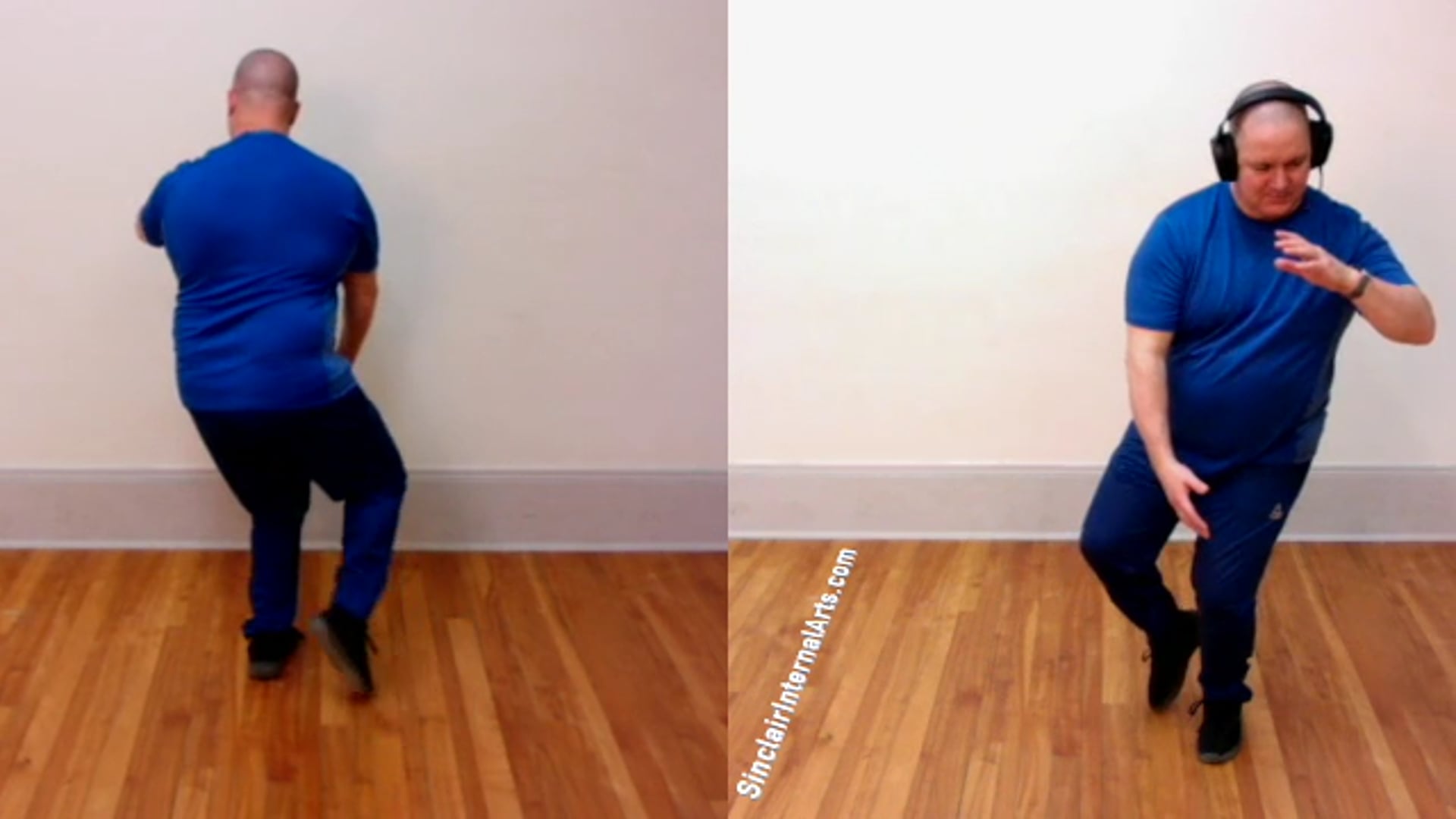Over the next few lessons I will teach a sequence that is at the heart of traditional tai chi.
In some styles it is called “Grasp the bird’s Tail”. Some versions are called “tying the coat” or “the lazy knot”
I won’t talk about the names and their meanings this time around, because there is so much more to talk about.
I will start with an approach to standing on one leg, which will include ways to align the pelvis and legs for better balance and agility.
I will also talk a bit about articulating the waist and about the relationship between the upper waist and lower waist.
Understanding the vertical fulcrum while on one leg will take a few minutes.
This section also introduces the Bow stance, Mountain climbing stance, “Gongbu”.
How we step will affect stability, power, and agility. It teaches us to adjust the height and length of our stance in a way that doesn’t compromise power or the ability to make sudden changes.
The bow stance will also bring up issues about articulating the hips and switching the vertical axis between the right and left axial lines.
In this section, I will introduce stage one of the core breathing method, and talk about the role of the lower core in coordinating the movement and power of the extremities.
This section is an archetypal representation of the four fundamental internal shapes that are so important to taiji. Known in Mandarin as Peng, Lu, Ji, and An, these are not merely choreographed techniques. The are four ways of shaping the centripetal geodesics through the body. They are the key ways in which we learn to absorb and transfer momentum through the body. Peng, Lu, Ji, An.
In the process, of learning this sequence, I will also introduce the concept of silk reeling power, and the positive and negative circles that are found throughout all tai chi routines.
Afterward, we I will review these movements and show variations from different styles.
First, let me talk you through the first section from the end of section 2 “beginning taiji”.
As you will see, this section, like each section in this routine, is performed on both sides, and is taught in a way that allows each section to be repeated any number of times in a limited space.




コメント